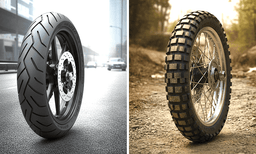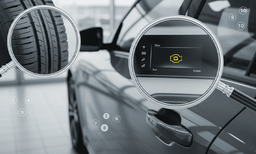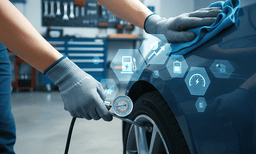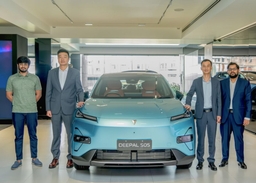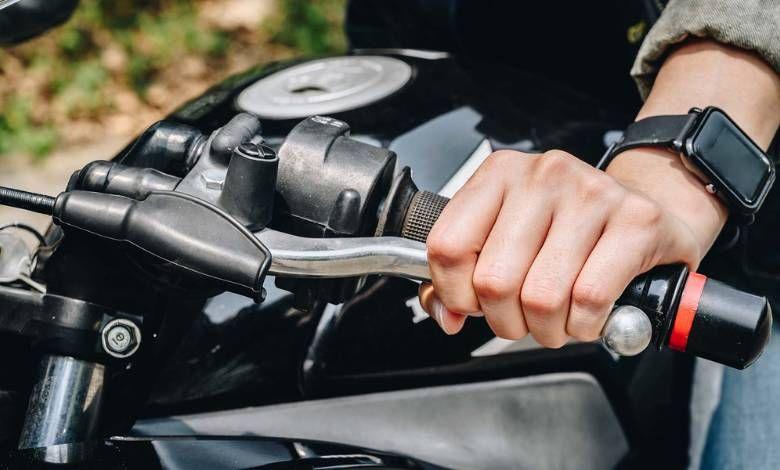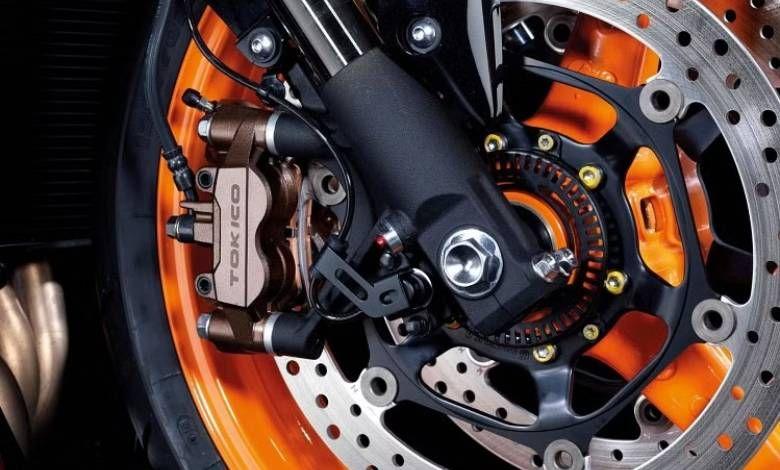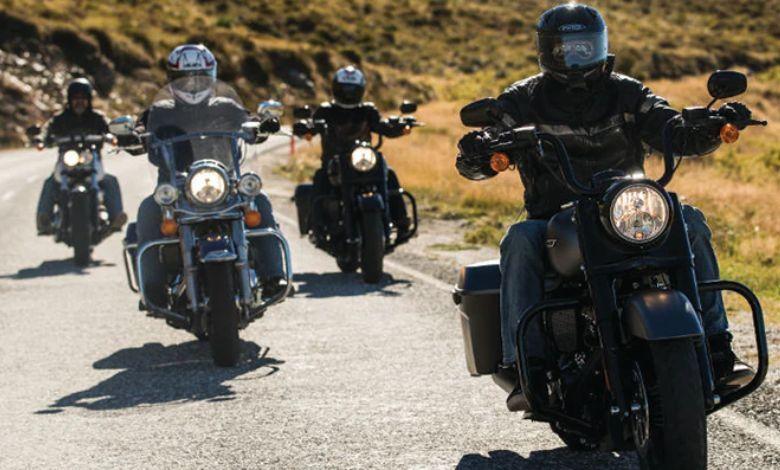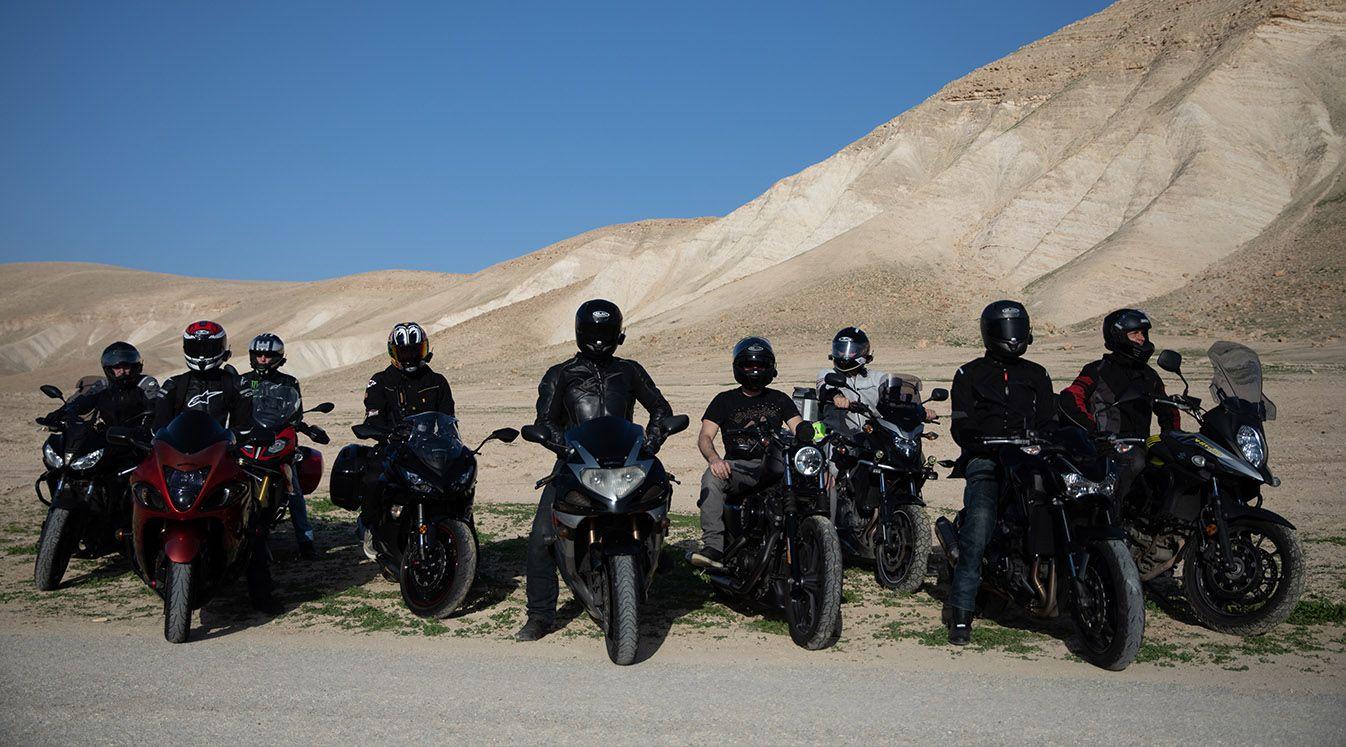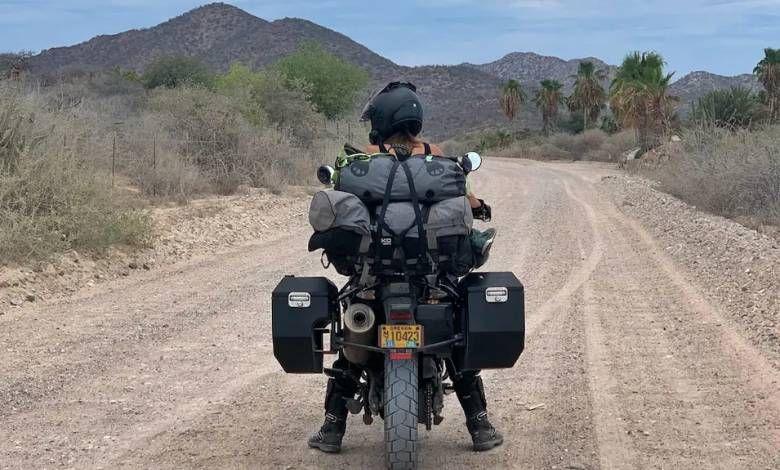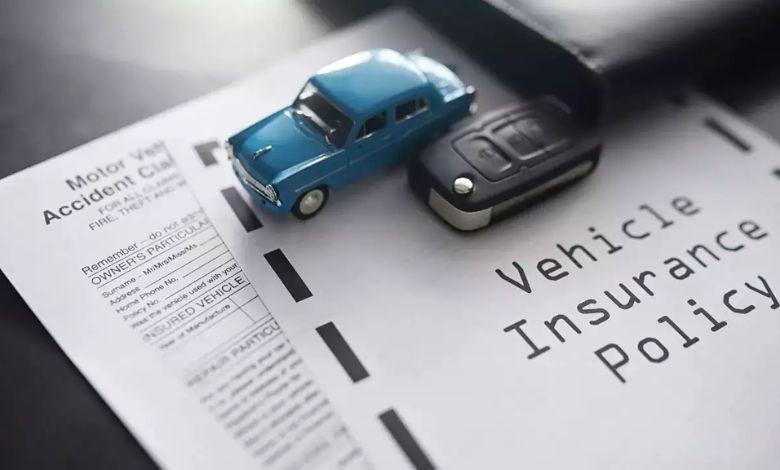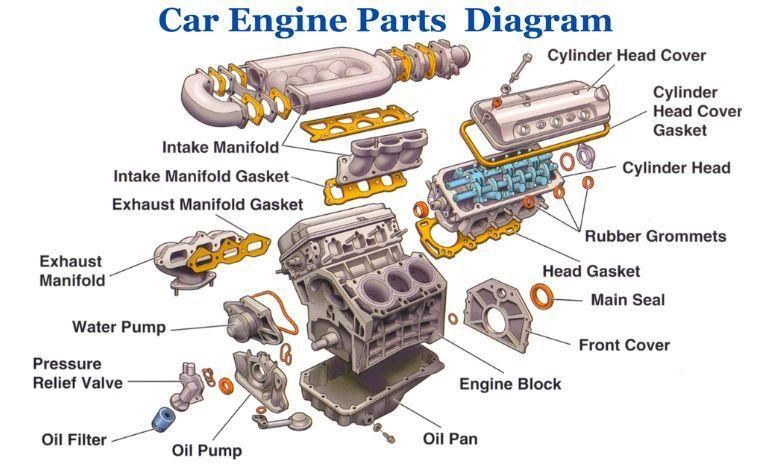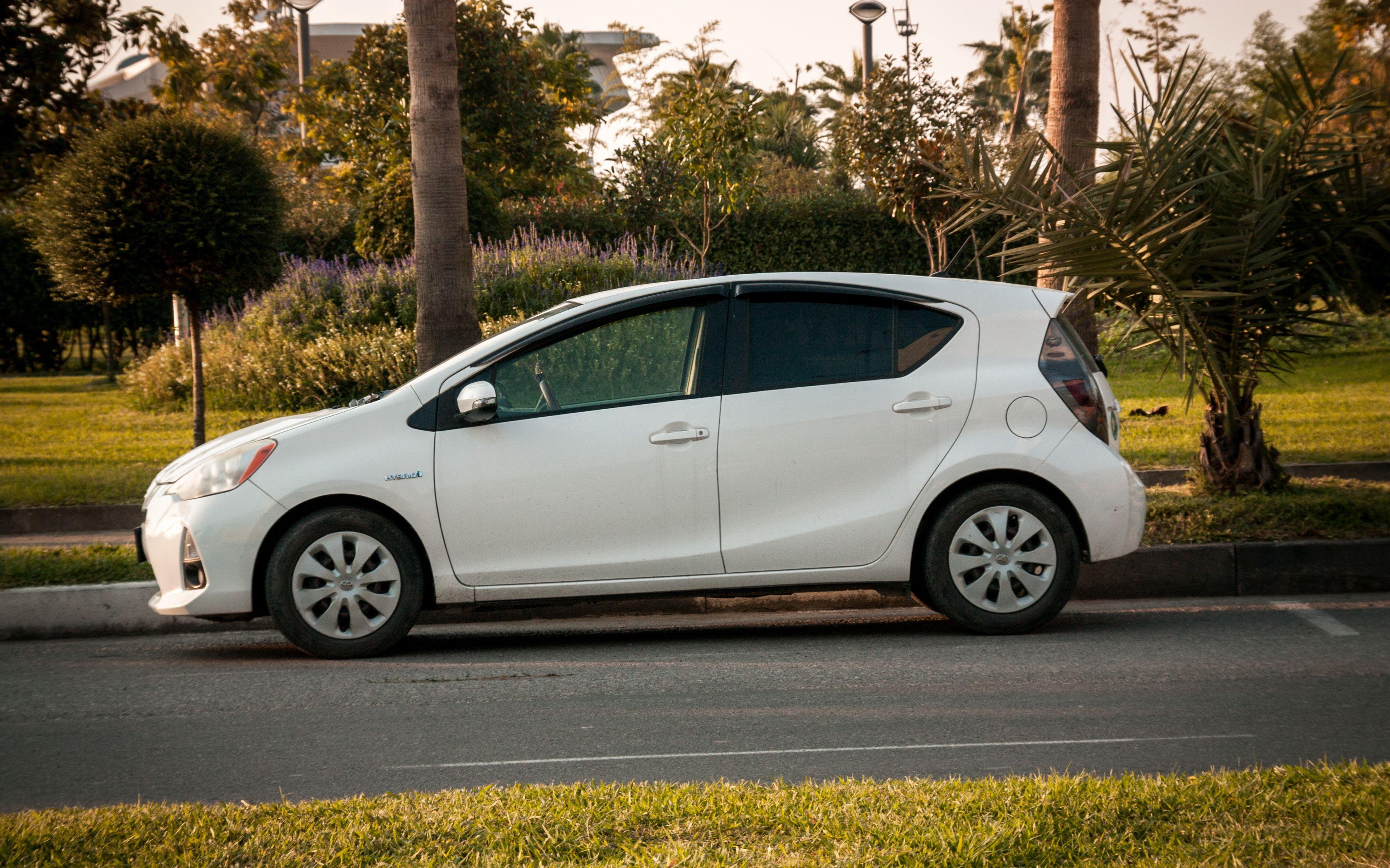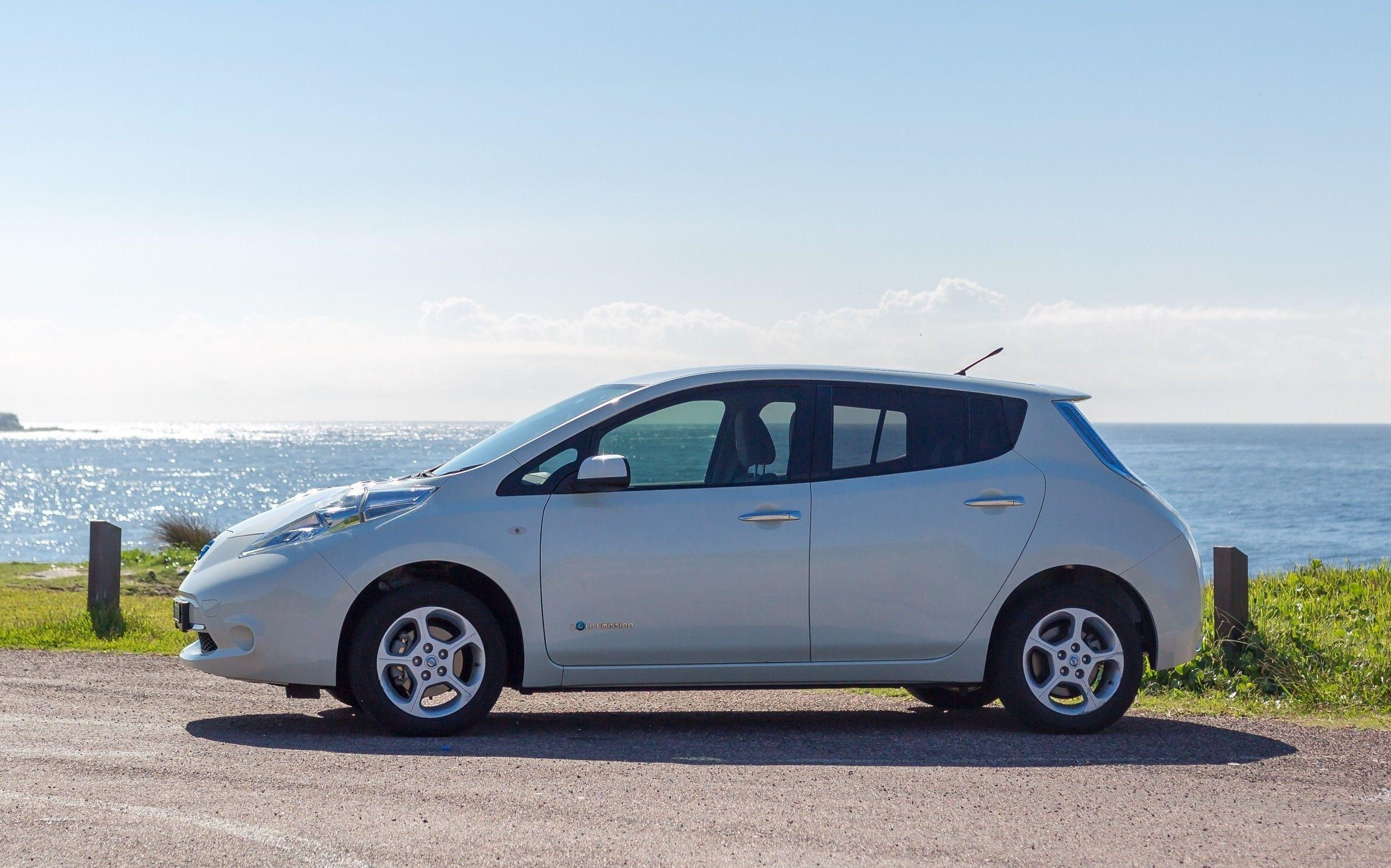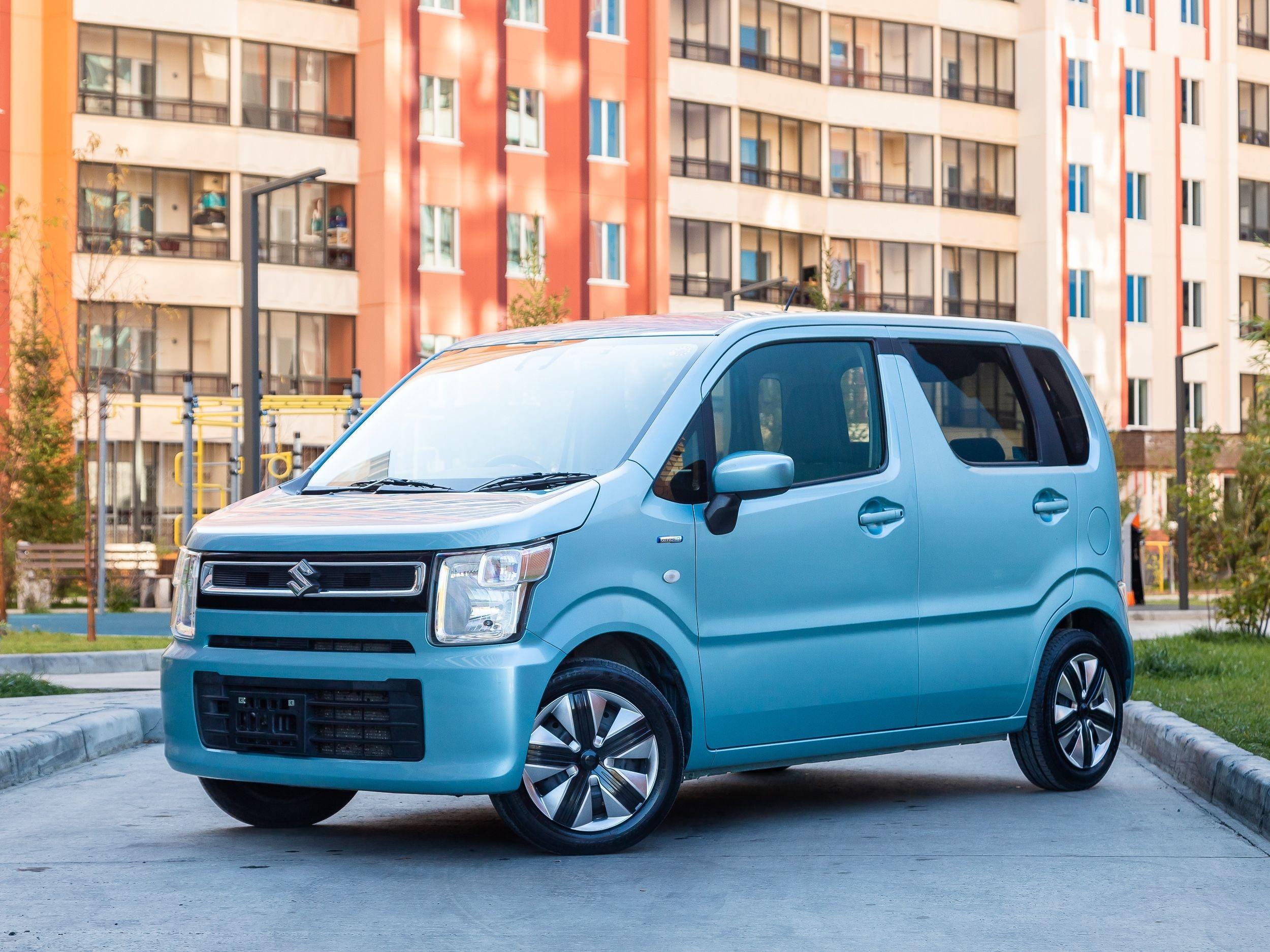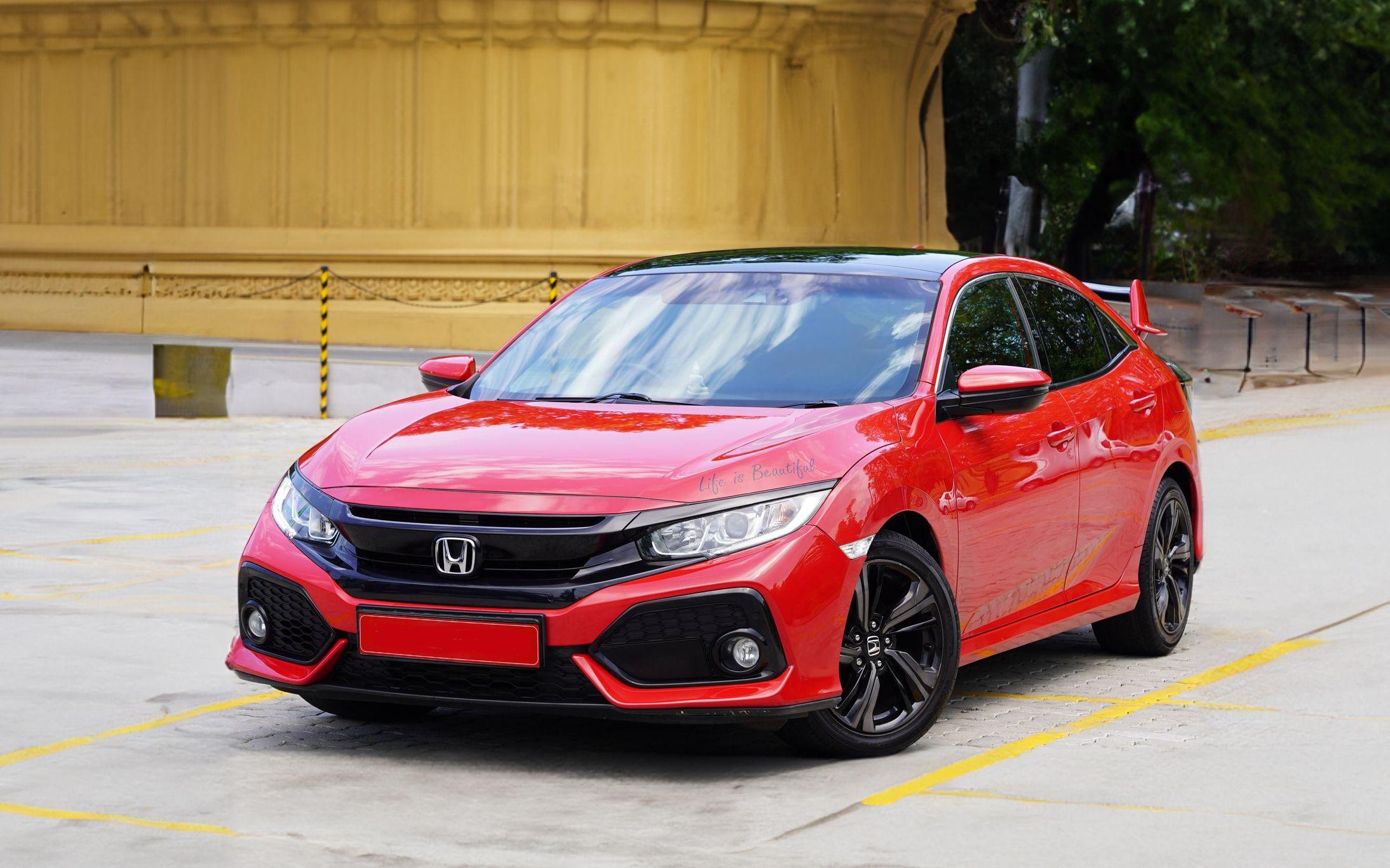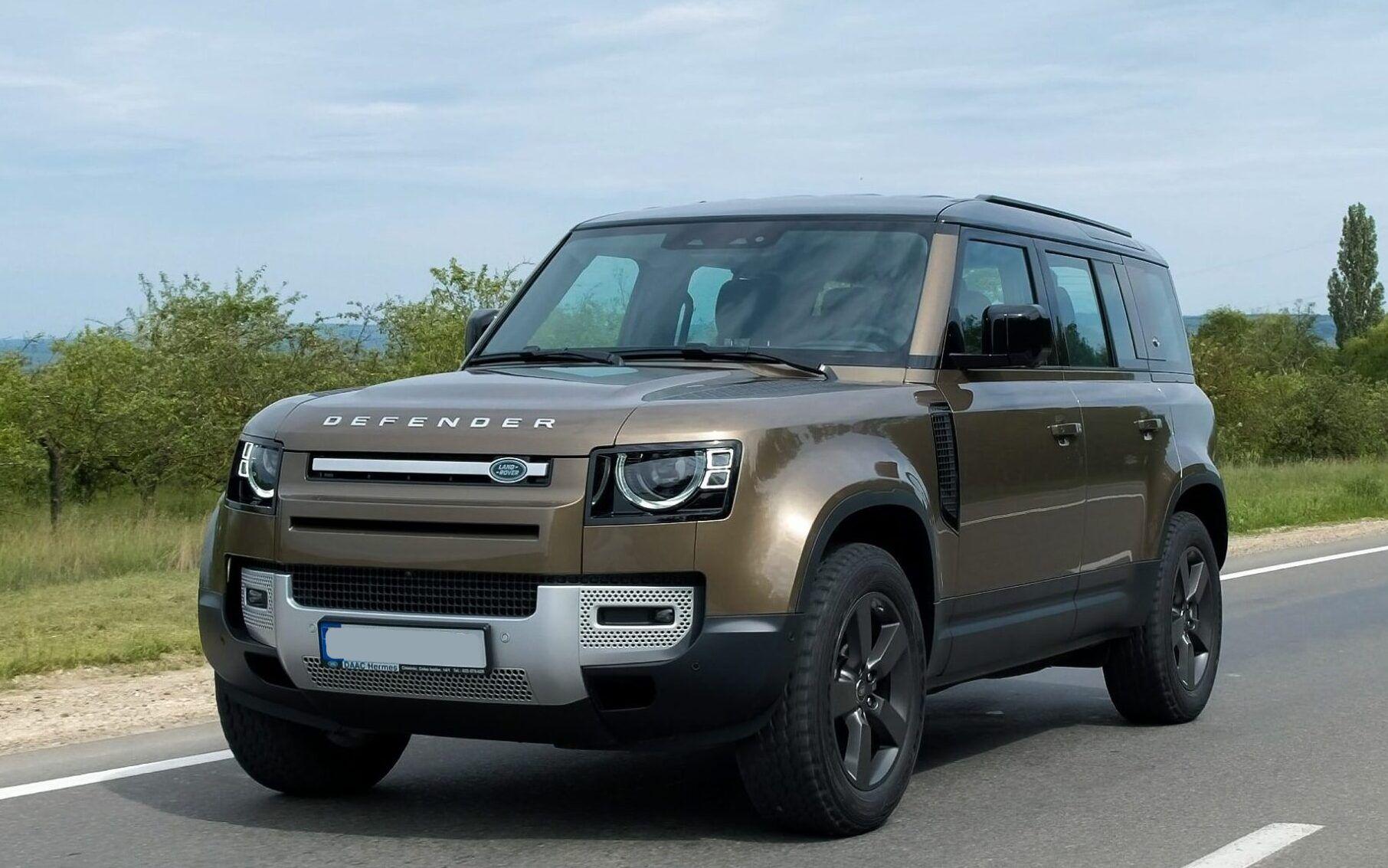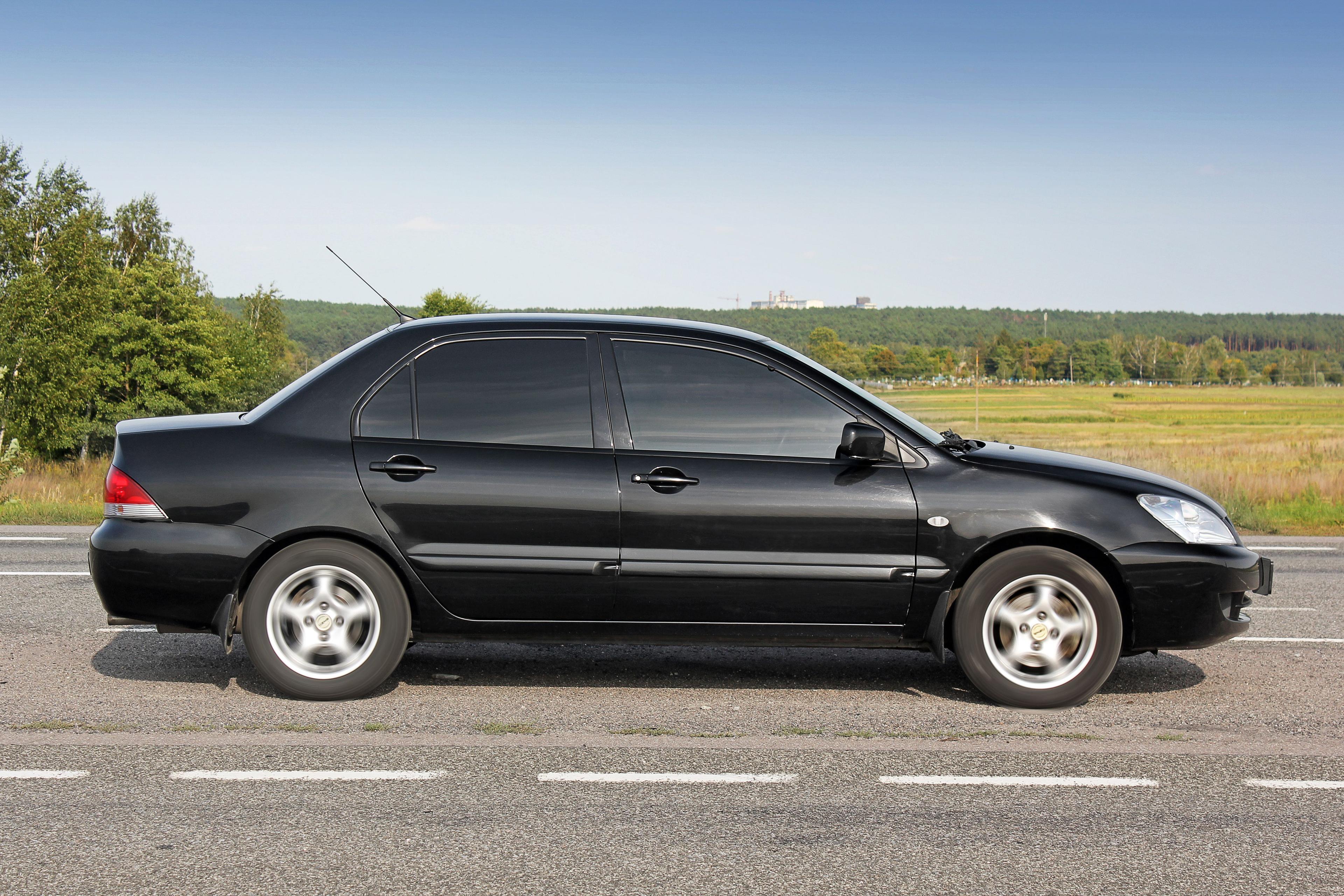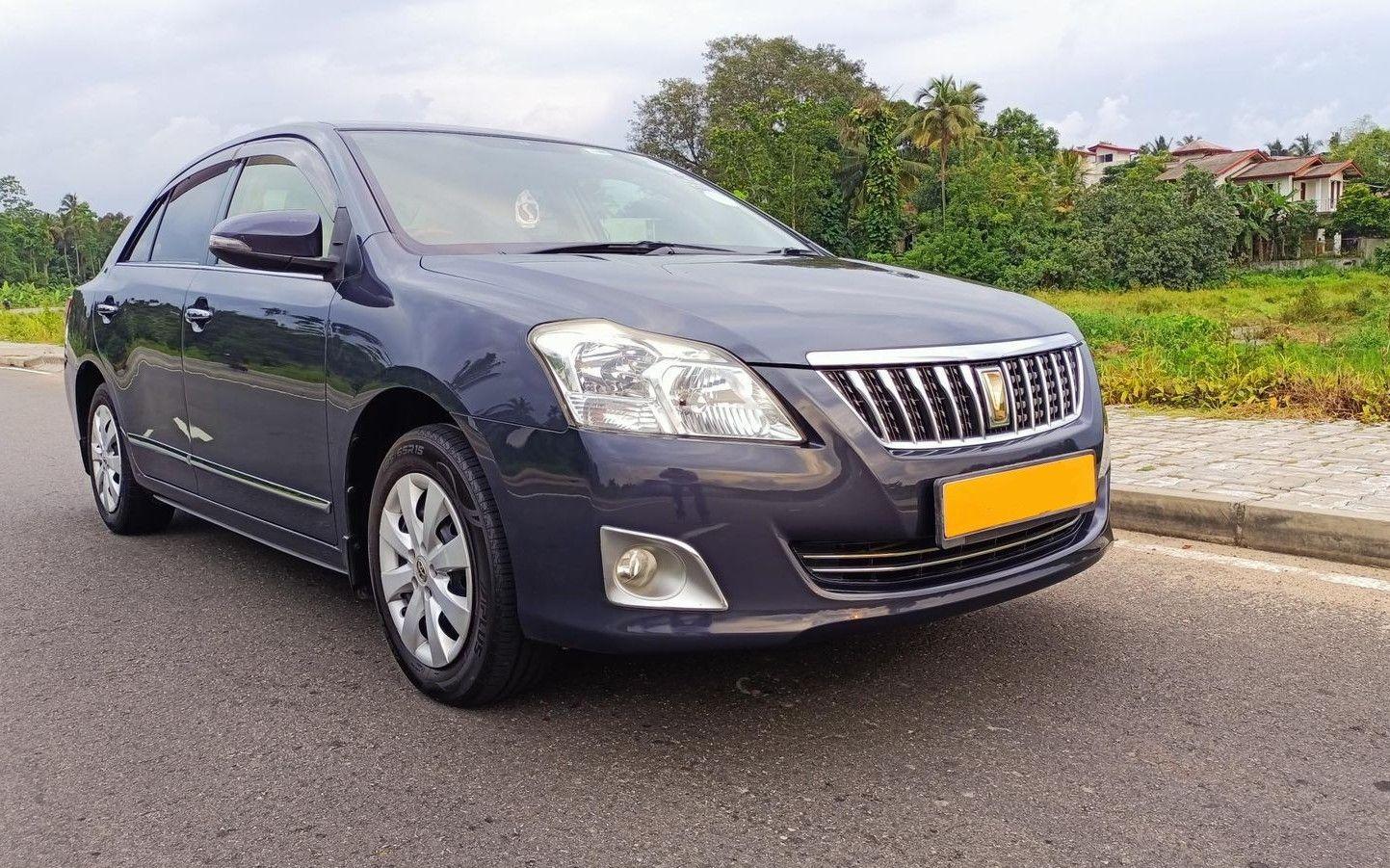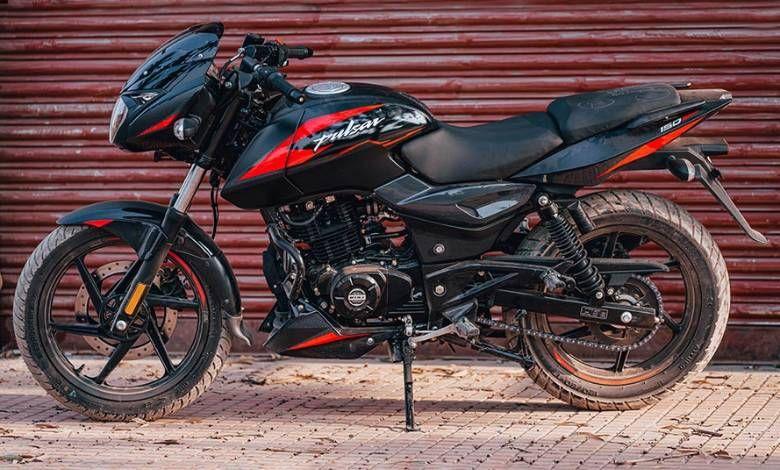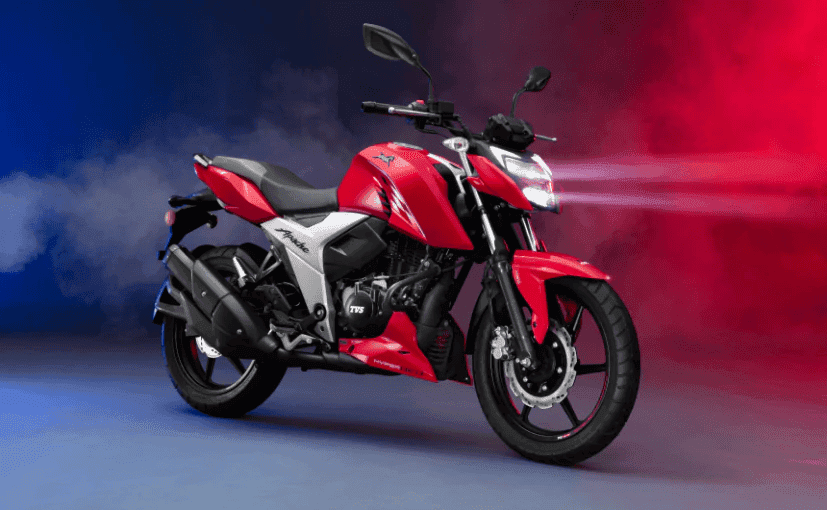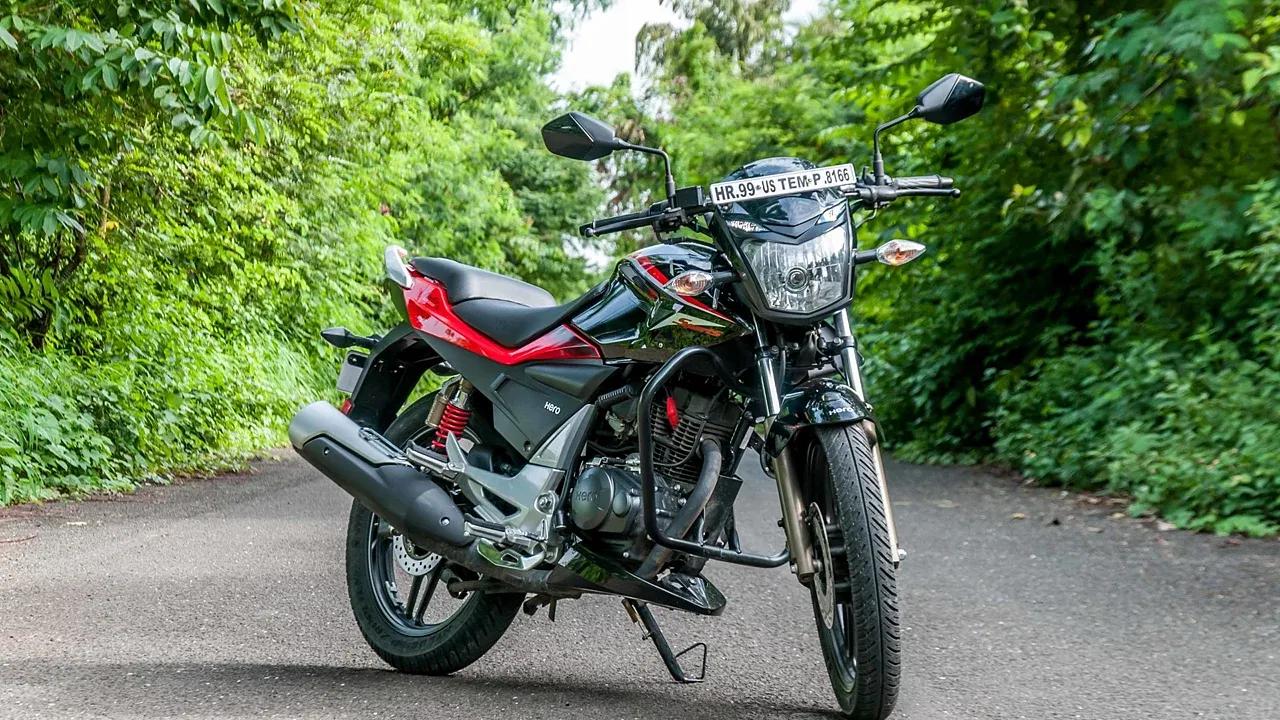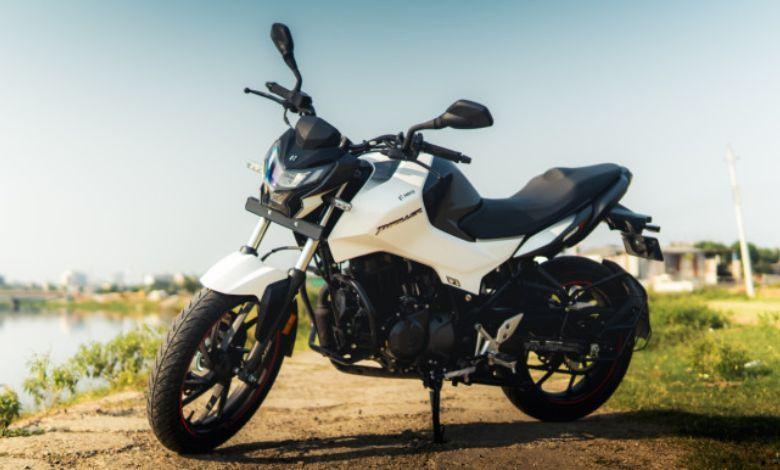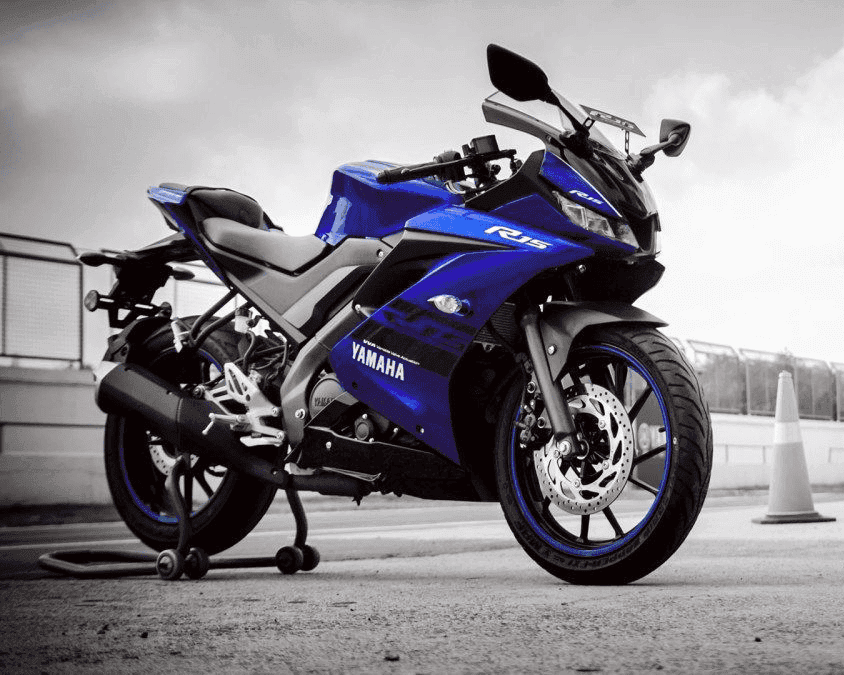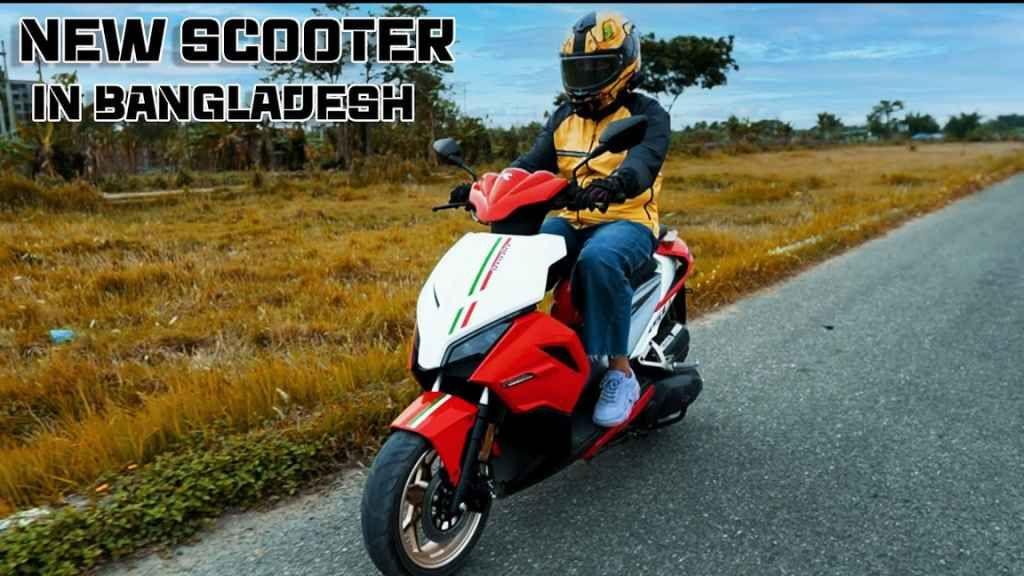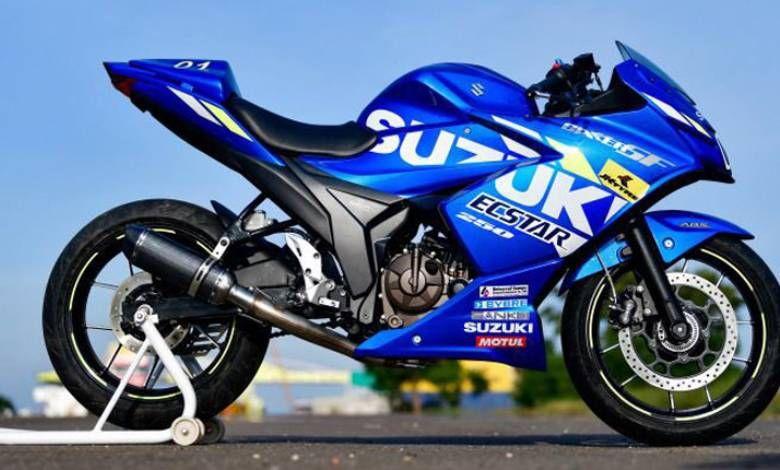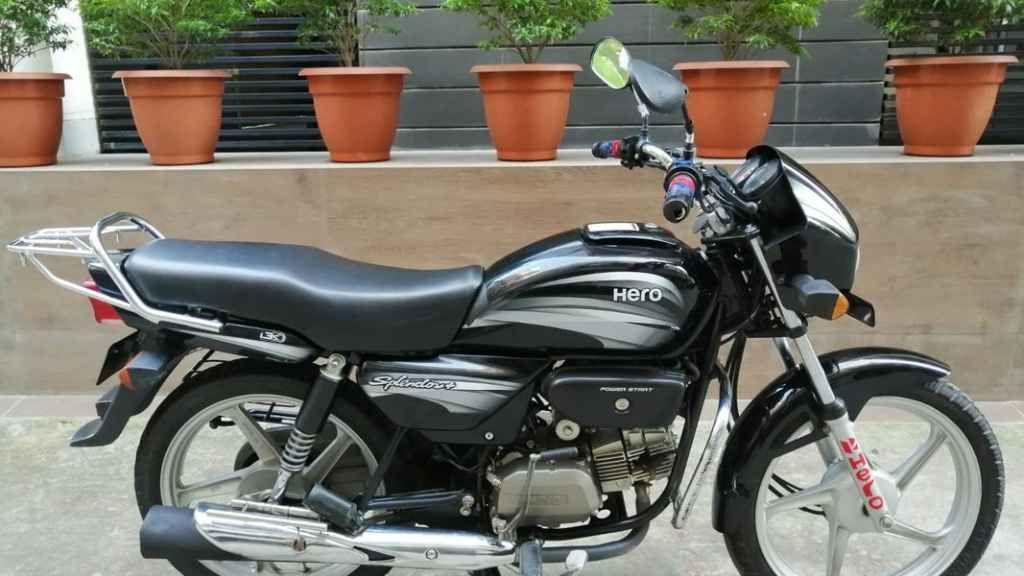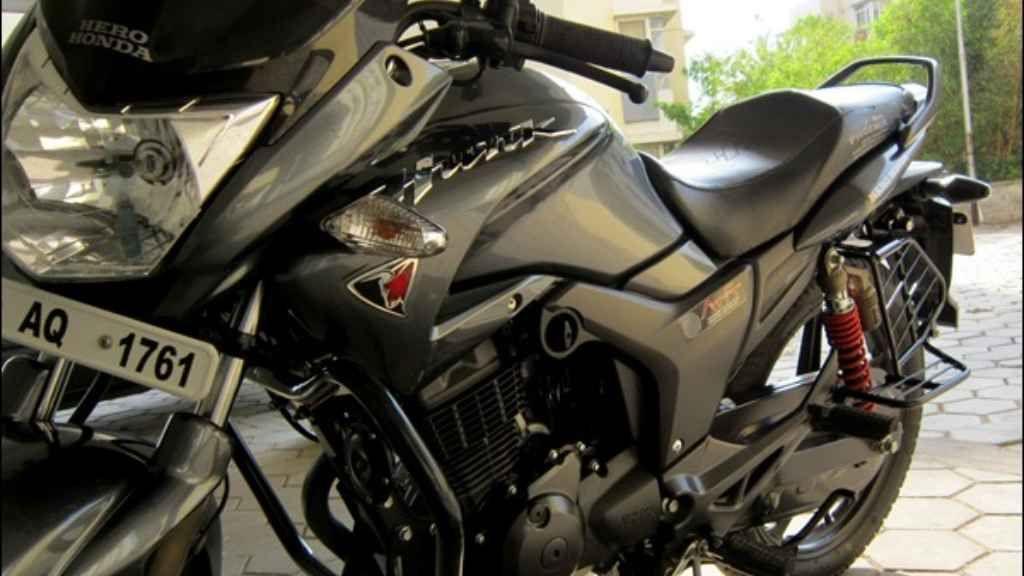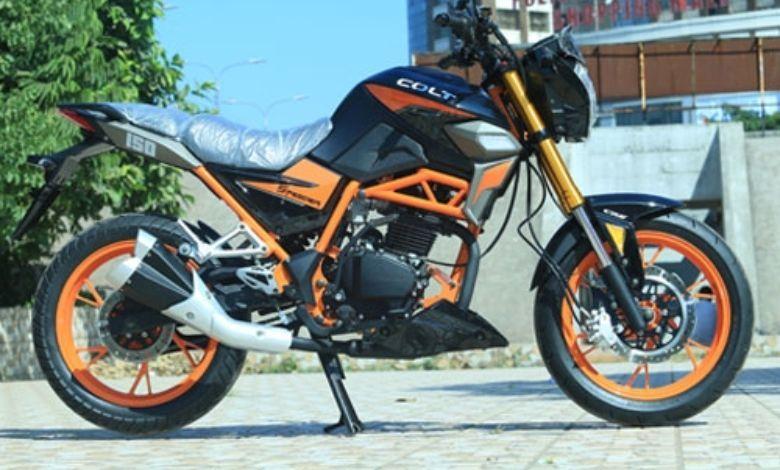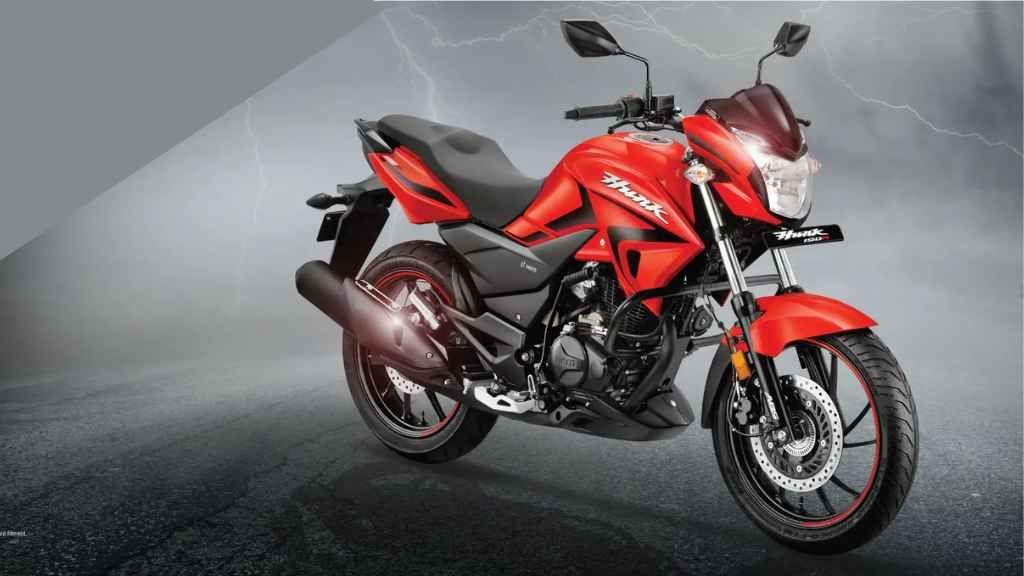Preventing Motorcycle Accidents During Eid
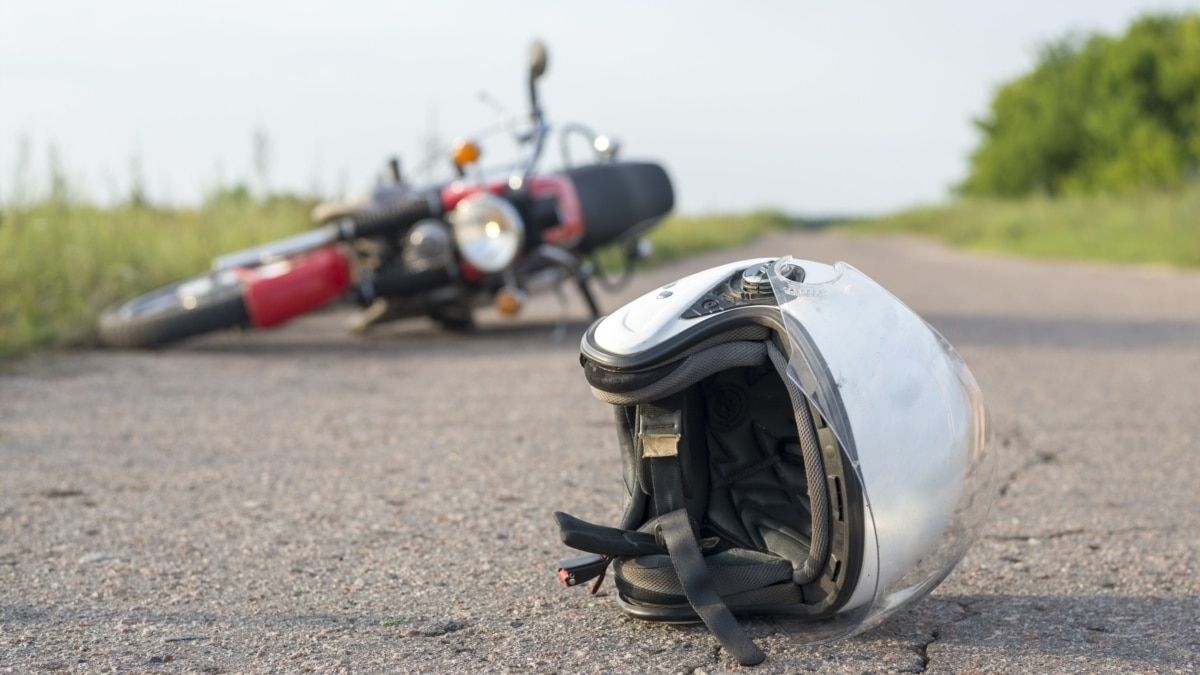
Currently, motorcycle accidents are increasing at an alarming rate. Despite taking various measures, the number of unnatural deaths on the roads continues to rise. Every day, people of all ages, including young people, are losing their lives in motorcycle accidents across the country, including in the capital Dhaka. Naturally, young people are curious. Driven by emotion, they often try to prove their bravery and end up dying prematurely in motorcycle accidents. Whether the accident is minor or major, the loss of life is irreparable.
During Eid, the number of such accidents doubles. In the last few years, motorcycle accidents have increased alarmingly on Eid day and in the three days before and after Eid, with most victims being young people and teenagers. According to the Passenger Welfare Association, about 80 percent of those killed in motorcycle accidents are under 21 years of age—that is, adolescents and young people. Scientists believe the reasons include early access to motorcycles, youthful excitement, the thrill of driving for the first time, competitiveness, and the freedom to increase speed as much as desired.
Roads and highways in the country are not 100% safe for travel. Researchers working on road accidents state that several factors contribute to motorcycle accidents: unskilled drivers, reckless speeding, attempts at overtaking, frequent lane changes, disobeying traffic laws, using mobile phones while driving, not wearing helmets, or using substandard helmets. In addition, many roads are in poor condition, and some highways have dangerous curves. Structural defects in roads are also responsible for some accidents.
Precautions to Follow to Avoid Accidents
- Watch out for speed breakers
Many riders often overlook speed breakers or do not know where they are, especially on new roads. Motorcycle accidents frequently occur on speed breakers due to excessive speed.
- Maintain a safe speed
Remember, the main cause of most accidents is reckless speeding. Always monitor the speed and movement of the vehicles in front of and behind you. If the vehicle ahead suddenly brakes, you may crash into it, or if you brake suddenly, the vehicle behind may collide with you. Do not ride at speeds beyond your control.
- Avoid riding in bad weather
Consider the weather. Motorcycles are not suitable for bad weather. Do not ride during storms, heavy rain, dense fog, or snowfall. If you are caught in such conditions, take shelter in a safe place.
- Be extra cautious at intersections
Intersections are extremely risky, and most accidents occur there. On roads without traffic police, especially outside cities, be extra careful. Even if you follow the rules, others may not, and you may suffer as a result. Always observe traffic from other roads.
- Dangers on curves
Curves are dangerous spots. Reduce your speed while taking turns. High speed may cause you to lose control. Be cautious of oncoming vehicles and always use your indicator lights while changing lanes. Never move forward without being sure of what is coming from the opposite direction.
- Avoid long journeys on highways
Motorcycles are highly risky for long-distance highway travel. They are not designed for long trips. Use them for short-distance travel only. Avoid highways where motorcycles are prohibited.
- No more than two riders
In our country, it is common to see three people riding a motorcycle, which is both illegal and extremely dangerous. Remember, motorcycles are designed to carry only two people.
- No racing on roads
Often, one overtaking leads to a race between two motorcycles. Such competitions are usually joined by unskilled and immature riders. Some even attempt stunts like riding hands-free or zigzagging on the road—clear signs of inexperience.
Unnecessary overtaking invites danger. Many accidents occur while overtaking. If you must overtake, ensure safety, use the horn, and do so carefully.
- Beware of sand, stones, and mud on roads
Despite caution, accidents occur on sandy, stony, or muddy roads. Dry sand or stones can cause tire slips, while mud also increases the risk of skidding. Avoid riding on such patches of road.
- Do not let unskilled riders use your motorcycle
During Eid or other festivals, friends, relatives, classmates, colleagues, or neighbors often borrow motorcycles. Do not hand them over to unskilled riders. Before any ride, check mechanical aspects such as fuel, brakes, lights, and horn.
- No mobile use while riding
Talking on the phone while riding is extremely dangerous. Your life is more important than a phone call. If necessary, park safely on the roadside and then talk. Full concentration on driving is a must—any distraction can cause an accident.
Avoid listening to music or phone conversations while riding. Also, avoid unnecessary overtaking. Remember, about 90% of road accidents can be avoided simply by following this rule. The same applies while turning at intersections. Always respect the law while riding.
Basic Riding Knowledge to Prevent Accidents
Posture: Use a belt on your waist and keep your upper back slightly leaned backward.
Rest: Stay relaxed and cheerful while riding. Take breaks every 20–30 km to reduce engine heat and fatigue.
Safety gear: Always wear helmets, gloves, shoes, knee-elbow guards, and chest protectors. Dress appropriately for the weather: warm clothes in winter, raincoats in the rainy season, cotton in summer, and bright-colored clothes at night. Never skip wearing a helmet.
Avoid following autos, rickshaws, and small public vehicles: These vehicles often stop suddenly to pick up or drop passengers, causing accidents if you are not alert. Avoid following them closely.
Use horn when behind larger vehicles: If riding behind bigger vehicles, honk repeatedly so that the drivers are aware of your presence and adjust their speed and control accordingly.
Be cautious on bridges: Blow the horn while going up to alert oncoming vehicles. Maintain speed control while descending, or you risk colliding with vehicles, pedestrians, or obstacles.
Gear shifting: Always control the clutch properly while changing gears. Never shift directly from first to fourth or fourth to first. Improper gear shifting may cause loss of control and accidents.
Consider a driving course: Taking a motorcycle driving course can help you learn safe riding techniques and how to respond to unexpected situations on the road.
Awareness is Key
Parents should prevent teenagers from using motorcycles. Individual awareness is the most important factor in preventing motorcycle accidents. Life is more valuable than anything else, so always ride carefully. Following traffic laws is the most important step in avoiding accidents. Highway police efficiency and monitoring must also be strengthened to ensure order in transportation.
Traffic authorities should use speed meters to control reckless speeding and prevent unsafe overtaking and random stops of public vehicles. Authorities must enforce traffic laws strictly. Unlicensed drivers must be penalized, and no one under 18 should be issued a license.
Ultimately, motorcycle accidents can be reduced significantly through family awareness and administrative transparency. Remember, time is valuable, but life is far more precious. If you follow the above guidelines, you can avoid at least 90% of accidents. For the rest, trust in the Creator.
